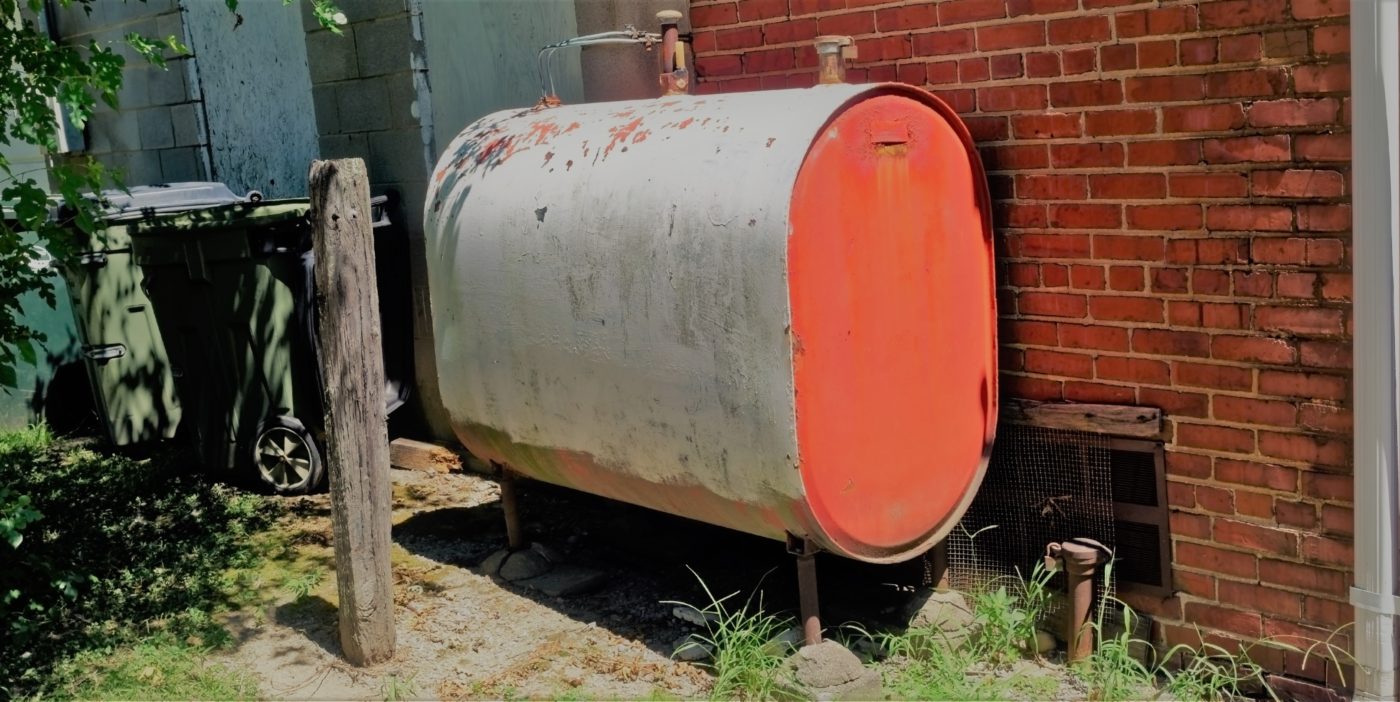The majority of people do not think about the oil tank in their homes and its condition, but making sure it’s safe and functioning correctly is vital to your home’s infrastructure. It is the responsibility of the owners to keep and take care of their heating system as well as storage container. Inattention to your obligations could create significant environmental and financial troubles in the future.

Deciding when to change an oil tank is among the most important considerations with the field of maintenance. Although proper maintenance can prolong the lifespan of an oil tank, eventually they’ll all have to be replaced. Costs to replace an oil tank depend on a variety of factors, including the size and type of tank and its location. tank, as well as the complexity of the installation.
Oil tank replacement costs for tanks 275-gallon can range between $1,500 and $3,600 depending on factors such as those listed earlier. It is important to keep in mind that certain costs for installation may not be included in this estimation like permits, labor, or removal of the tank that was previously used.
Oil tank replacement costs can be costly, but they’re not as costly when you think about the expense of ignoring an old tank. A leak inside an oil tank can cause significant environmental damage, in addition to fines and legal liability for the owner of the property. A tank that is not functioning properly could lead to heat loss during the cold winter months, which could be hazardous and costly to fix.
To prevent this from happening ensure regular inspections and maintenance on your oil tank. This includes visual inspections every year, as well as regular cleanings and leak monitoring. It is essential to correct any issues as soon as you can to avoid costly repairs in future.
When it comes to selecting the right replacement tank for your oil tank, there are several alternatives available. Above-ground and underground tanks are among the most used varieties. Above-ground tanks are generally more affordable and easy to put in, but they may be visually more obtrusive. Above-ground tanks are less expensive and easy to install however, they can be visually unattractive.
To ensure that the installation is safe it is important to select an organization that is reliable and has expertise in the field of replacement for oil tanks. An experienced installer will not only make sure that the tank installation is done properly and safely, but they will also dispose of the old tank and all dangerous materials.
In addition to regular maintenance and proper installations, property owners can also take advantage of other ways to prolong the lifespan of their oil tank. They include:
1. Maintain the tank full: A fully filled tank will prevent corrosion by the prevention of condensation.
2. Quality fuel Quality gasoline will prevent the build-up of sediment inside your tank. This can lead to corrosion or clogs in the fuel lines.
3. Maintaining the area around the tank free of debris In keeping the area around the tank clear of vegetation and debris can assist in preventing damage to the tank as well as help with maintenance and inspections.
4. Examining for leaks regularly Monitoring for leaks on a regular basis can allow you to identify issues early on, before they become more serious and costly to fix.
Every property owner with an oil-fired heating system should think about replacing the tank. The cost of replacing a tank can vary based on a number of factors. However, ignoring any tank that is in need of replacement can result in significant economic and environmental damages. When you select a qualified and experienced installer, and remaining on top of maintenance and inspections, you can ensure that your installation is safe and will last for many years.
For more information, click oil tank replacement